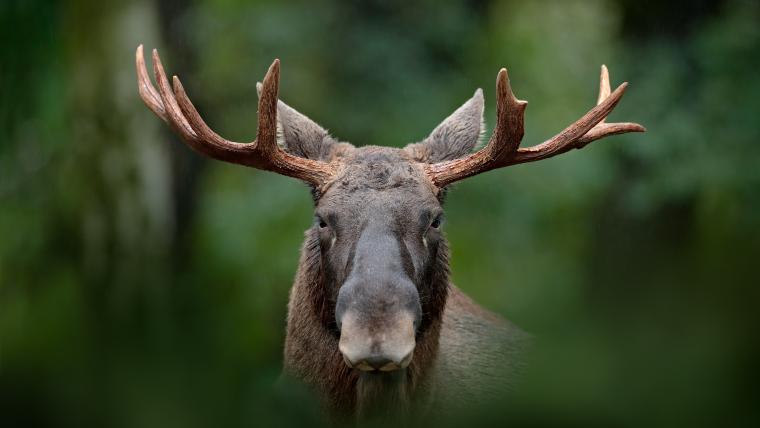
How a forest revamp is sheltering moose from climate change
Across North America and Eurasia, moose can be found grazing on leaves or slurping up plants in lakes. These are the giants of the woodlands. They’re over two metres tall and can weigh more than 800 kilograms, earning their esteem as the largest members of the deer family. But researchers have noticed a troubling trend in their populations. Between 2014 and 2016, 70% of a monitored group of calves died, and the main culprit has been identified as climate change.
Moose have adapted to withstand winter and its harsh conditions. Their individual furs are hollow, allowing them to retain warmth, and their hooves are splayed-out to prevent them from sinking into snow or muddy soil in rivers and lakes. More than being suited for simply surviving, they thrive in these environments. But rising temperatures threaten this deer. As it gets warmer, moose are burdened with seeking shelter from the heat instead of foraging for nutrient-rich food. This change in climate is also enabling blood thirsty parasites to be active for longer. Juvenile moose don’t fare against increased infestations from winter ticks and end up suffering an early death due to loss of blood.
To allow moose a fair chance at a future, the Minnesota Moose Habitat Collaborative is regenerating their habitat in the United States by restoring 8 500 acres of forest. Now moose can cool off under the shade of trees, and search for food in spaces where they aren’t vulnerable to the heat. While they find safety in the leafy undergrowth, this deer’s excrement enriches the soil with vital nutrients. Shielded from the effects of climate change, moose can keep their environment in a state of equilibrium and prosper.
Photos by Scott Suriano were used in the creation of this film.






























Please sign in to leave a comment